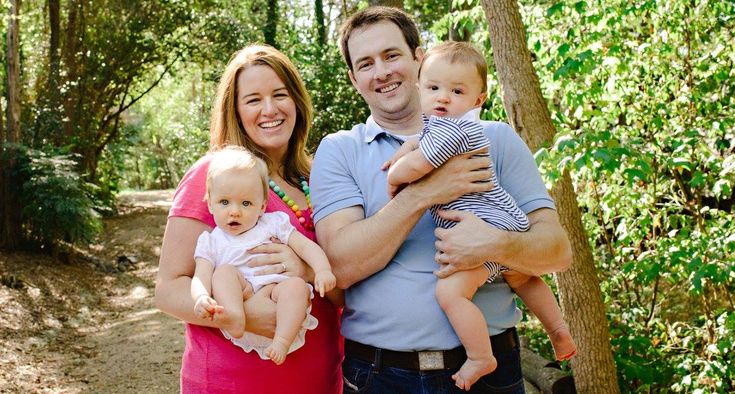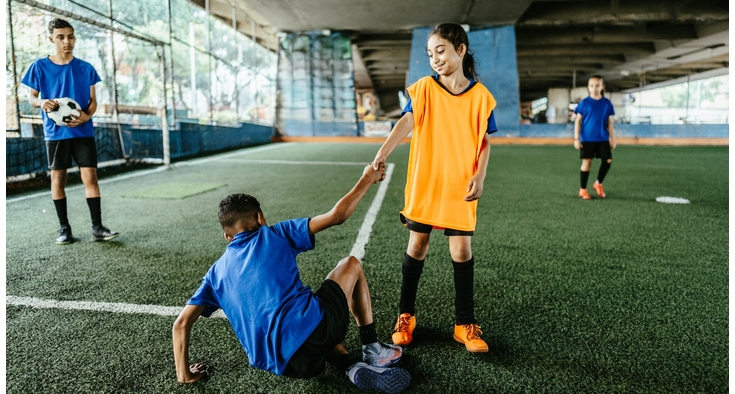Blanca Nino was told by her old doctor back when she lived in New York City that the feeling of dizziness she’d felt on and off for a few years would eventually come back.
Sure enough, this March, a little over a year after she moved to Thomasville, North Carolina, the 82-year-old’s vertigo returned.
“I laid down and, mainly on my right side, everything was moving around,” Nino said through her interpreter. “Then, when I would stand up to go to the restroom, I’d have to be holding onto walls or furniture everywhere because I couldn’t walk by myself.” Her condition, marked by severe sensations of spinning when the head moves, also lead to a fall.
As someone who is in great shape and is active for her age, Nino’s BPPV (benign paroxysmal positional vertigo) caused a big disruption in her day-to-day life, as well. While Nino has family in Thomasville, she lives by herself and was getting along well living independently until the vertigo came back.
Nino said her doctor suggested she try a form of physical therapy called vestibular rehabilitation with Angela Richardson, a physical therapist at Novant Health Rehabilitation Center in Thomasville , located on the campus of Novant Health Thomasville Medical Center.
While much of the public tends to think of physical therapy primarily for treating things like orthopedic injuries, physical therapy has been used for decades to treat BPPV and other so-called vestibular balance disorders. Such disorders are not uncommon with older adults, though they can strike at any age, Richardson said.
BPPV, specifically, is caused by a mechanical problem in the inner ear, where some calcium carbonate crystals (otoconia) become dislodged from their normal place in the ear and wind up in a new position where they cause the inner ear to send false signals to the brain.
“(Nino) had a lot of dizziness and spinning when she came in,” Richardson said. “If she turned her head quickly, she’d lose her balance. There was also what we call furniture-walking,” where patients lean on to tables and chairs as they navigate across a room.
The rehab process
Nino’s case was much more complex than the average patient’s with BPPV, Richardson said, because she also had hypofunction, meaning one inner ear was responding less than the other. Richardson said that both of Nino’s ears had been damaged in the past, most likely due to a virus. One ear was almost nonresponsive and the other was less responsive than the average person’s. “Usually someone in that situation, they’re a lot harder to get better,” Richardson said.
But Nino and Richardson were both determined to find a way.
In the beginning, Richardson had to help Nino identify what exactly was causing her dizziness. To do this she used Frenzel goggles, a diagnostic tool that patients wear over their eyes that make it easier for care providers to track eye movement. “When somebody has certain types of dizziness, when you do testing with them, you’ll see their eyes do a particular dance,” Richardson said. “The pattern of the dance tells you what’s causing their dizziness.”
Nino’s test confirmed BPPV. The “dance” for BPPV, Richardson said, is the eyes will twist with an up or down direction. Nino said she’d never used the goggles in the previous times she was treated with vertigo in New York. Nino said that Richardson was able to put her at ease with the technique — as well as other different components of her rehab — since she always patiently explained each new step. Communication was made easier with the help of Diana Gaviria, a translator provided by Novant Health.
In her first two visits, Richardson was able to diagnose and cure Nino’s vertigo, but important work still remained to improve Nino’s balance and movement.
It took five more visits and by late April, Richardson said Nino seemed completely different from when they’d first met. Nino’s vertigo and dizziness were gone and her balance was fully restored. Her ears still had some damage, Richardson said, but Nino would be able to go on with her active life.
“Thank you, Lord,” Nino said. “I’m feeling well and I’m really satisfied. It’s really bad to have it. I was planning to use a cane and said, ‘Why would I use a cane if I’m not limping?’”
Back to her life and routine
Richardson gave Nino some exercises that she can continue at home (lying down and getting up multiple times in a particular pattern) that could prevent vertigo from returning. The two also discussed plans for safety at home, including using night lights.
While Nino is retired, one of the things that keeps her in great physical shape is that she still walks door-to-door every day of the week, doing ministry as a member of a local Jehovah’s Witnesses congregation.
Nino said she’s back to doing everything she did before, including religious activities, cleaning, vacuuming, getting the mail and keeping up with her five children and their families, who live up and down the East Coast. After growing up in Colombia and spending much of her adult life in fast-paced New York City, said she’s really enjoying her life now in Thomasville.
And Nino’s smile and warm personality rub off on everyone she meets, including Richardson and Gaviria. Both say they are very glad to see their new friend is back on her feet.
Novant Health specializes in creating a customized care approach that meets the needs of patients and their families. Find a facility near you and learn more about the rehabilitation services that are available.






